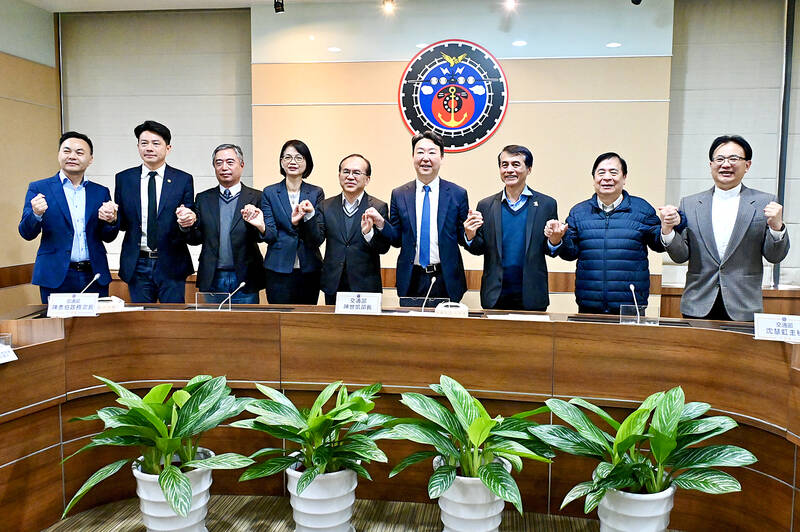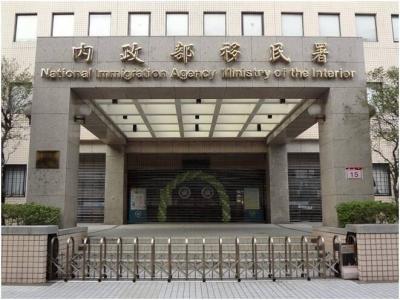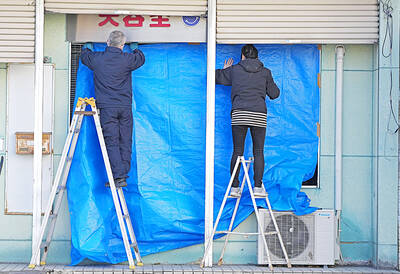The Ministry of Transportation and Communications yesterday held a meeting with representatives from the six special municipalities, during which they agreed on six strategies for improving transport safety and infrastructure.
The six strategies include changes such as improving sidewalks, removing obstacles and adding better lighting to intersections, among other reforms.
South Korea has 30 years of efforts in improving road safety and Japan has 50, Minister of Transportation and Communications Chen Shi-kai (陳世凱) said, adding that it is Taiwan’s turn to change from a car-centric nation to a people-centered one.

Photo: George Tsorng, Taipei Times
We have worked hard to improve and are already seeing results, he said.
Although it was only the first meeting of the group, it would not be the last, Chen said, adding that the meetings would expand to include all counties and cities rather than just the six special municipalities.
Each municipality would review its road safety metrics and promote new safety standards, such as providing at least two lanes for scooters where possible, lengthening the distance between stopping lines and crosswalks, improving intersection visibility and signage, and adding lights, he said.
The ministry would standardize intersections according to a guide covering 18 potential scenarios, and municipalities would prioritize accident-prone intersections, he added.
Cities would also implement a pilot program from the Highway Bureau that mandates the use of white LED lights at intersections, Chen said.
Regarding two-stage left turns for scooters, he said that they would remain optional at some intersections, allowing motorists to choose how to turn.
The six strategies are expected to be carried out over the next two to three years, Chen said, adding that some, such as scooters using two lanes, would be quicker to implement than others.
Results over the next few years would serve as a reference for the rest of the nation, he said.
Improving road safety requires efforts from all parts of government, including the transport ministry, the Ministry of the Interior and local officials, he said.

A small number of Taiwanese this year lost their citizenship rights after traveling in China and obtaining a one-time Chinese passport to cross the border into Russia, a source said today. The people signed up through Chinese travel agencies for tours of neighboring Russia with companies claiming they could obtain Russian visas and fast-track border clearance, the source said on condition of anonymity. The travelers were actually issued one-time-use Chinese passports, they said. Taiwanese are prohibited from holding a Chinese passport or household registration. If found to have a Chinese ID, they may lose their resident status under Article 9-1

Taiwanese were praised for their composure after a video filmed by Taiwanese tourists capturing the moment a magnitude 7.5 earthquake struck Japan’s Aomori Prefecture went viral on social media. The video shows a hotel room shaking violently amid Monday’s quake, with objects falling to the ground. Two Taiwanese began filming with their mobile phones, while two others held the sides of a TV to prevent it from falling. When the shaking stopped, the pair calmly took down the TV and laid it flat on a tatami mat, the video shows. The video also captured the group talking about the safety of their companions bathing

A classified Pentagon-produced, multiyear assessment — the Overmatch brief — highlighted unreported Chinese capabilities to destroy US military assets and identified US supply chain choke points, painting a disturbing picture of waning US military might, a New York Times editorial published on Monday said. US Secretary of Defense Pete Hegseth’s comments in November last year that “we lose every time” in Pentagon-conducted war games pitting the US against China further highlighted the uncertainty about the US’ capability to intervene in the event of a Chinese invasion of Taiwan. “It shows the Pentagon’s overreliance on expensive, vulnerable weapons as adversaries field cheap, technologically

Starting on Jan. 1, YouBike riders must have insurance to use the service, and a six-month trial of NT$5 coupons under certain conditions would be implemented to balance bike shortages, a joint statement from transportation departments across Taipei, New Taipei City and Taoyuan announced yesterday. The rental bike system operator said that coupons would be offered to riders to rent bikes from full stations, for riders who take out an electric-assisted bike from a full station, and for riders who return a bike to an empty station. All riders with YouBike accounts are automatically eligible for the program, and each membership account